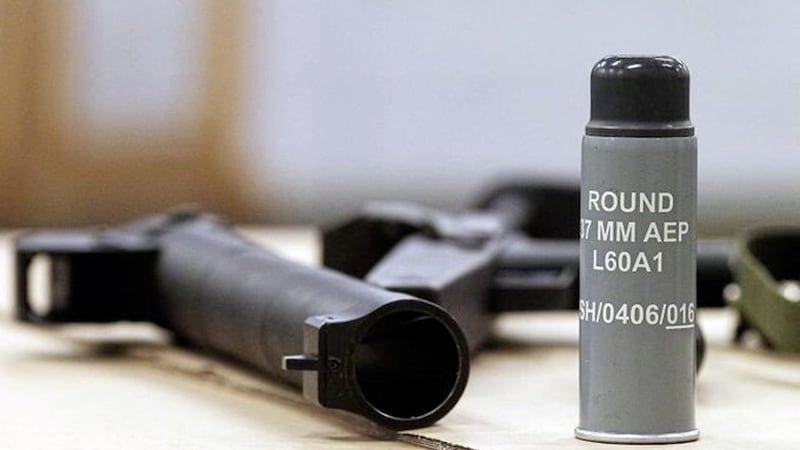POLICE officers have been cleared of using plastic baton rounds, tasers and pepper spray to prevent a woman harming herself with a knife.
The Police Ombudsman investigated the use of force by police during the incident in east Belfast after being notified by the chief constable that firearms had been used.
Officers had responded to a call from someone who had seen the woman walking near train lines in the late afternoon of November 6 2018.
After arriving at the scene they tried to speak to the woman, who had a knife, but received no response and armed response officers were brought in to help deal with the situation.
When they arrived the woman was crouched against a wall close to the rail line with her head bowed and holding a knife to her throat.
Trains were stopped while police negotiators tried for around two hours to encourage her to drop the knife.
Officers told Ombudsman investigators they had grown increasingly concerned for the woman's welfare and she "seemed not to be reacting to changing weather conditions",with her breathing "barely noticeable".
A PSNI Tactical Firearms Commander (TFC), who had been monitoring the situation, authorised the use of PAVA pepper spray in a bid to make her to drop the knife.
Two rounds proved ineffective so the commander then approved the use of taser but the woman did not react to two discharges of the weapon.
Officers were then authorised to use AEP (Attenuated Energy Projectile) impact rounds.
Again the first round which struck the woman produced no apparent response, but a second round fired by another officer struck her and she opened her hand and dropped the knife.
The Ombudsman said the officers "provided immediate aftercare before ambulance staff took over and transported the woman to hospital".
The investigation found their accounts of what had happened "were corroborated by police records, as well as Body Worn Video footage and police radio transmissions".
The woman's family reported that she had sustained extensive bruising as a result of the AEP discharges, but had suffered no lasting injury and neither they nor the woman herself made any complaint about the use of force by police.
Police Ombudsman, Marie Anderson said police "employed a graduated response, employing greater levels of force only when other lesser options had failed" and concluded it had been used "with the aim of protecting life".
She found their actions to have been "reasonable and proportionate and in compliance with legislation and police guidelines".








